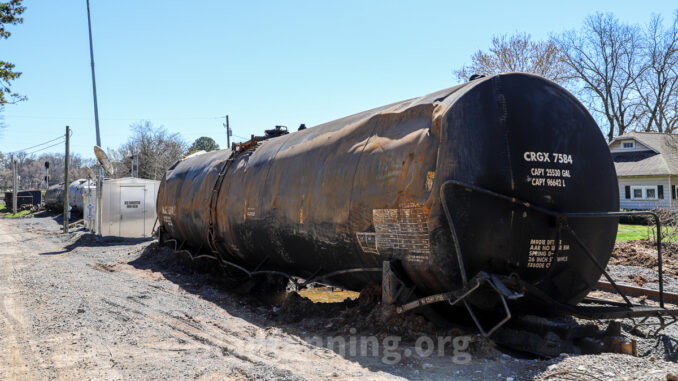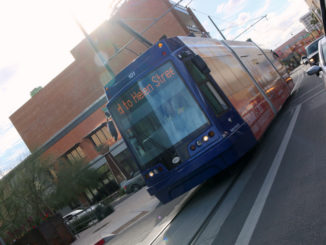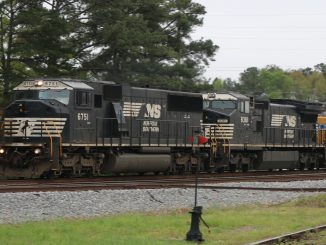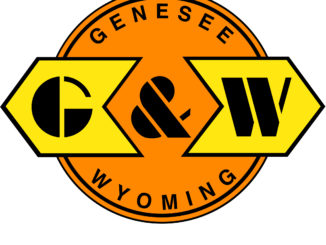
(The Center Square) – When looking at what Pennsylvania lawmakers can do to enhance railroad safety, it appears much of it is out of their hands.
Instead, the action tends to take place on the federal level.
On the heels of the train derailment in East Palestine, Ohio, the Senate Transportation Committee spoke with state railroad experts and officials on Monday to assess preparedness and what more could be done.
“Hopefully, we can prevent another tragedy like this from happening,” said Sen. Marty Flynn, D-Scranton.
“Vigilance should be key moving forward,” said Sen. Elder Vogel, R-Rochester.
Railroad officials emphasized the rarity of problems in the first place.
“With respect to the transportation of hazardous materials, 99% of all hazmat movements make it to their destination without any problem — 99.9% make it to destination without any problem,” said Carl Belke, president of the Keystone State Railroad Association. “There’s been a 55% reduction in issues with the movement of hazardous materials over the last 10 years.”
Problems with hazardous materials have fallen faster than problems with other freight, he added.
“Over a 20-year period, all accidents in the railroad industry have been reduced by 31% and hazardous materials incidents over 20 years have been reduced by 65%,” Belke said.
He also cautioned against changing safety regulations too quickly after the East Palestine derailment. Instead, he advised waiting for the National Transportation Safety Board’s final report detailing the incident and then work “collaboratively” to enact reforms.
Unilateral action on the state level is also limited by federal law, according to acting PennDOT Secretary Mike Carroll.
The work of the Public Utility Commission, as a result, is more modest.
“Our role is to complement the work that’s done by the Federal Railroad Association as well as the railroads themselves,” PUC Chairman Gladys Brown Dutrieuille said. “We say it’s a tri-tiered review of rail safety by the railroads, by the FRA … and by the state”
Dutrieuille said the commission increased its safety personnel in recent years from eight to 10 and increased the number of inspection reports filed to the Federal Railroad Administration.
“It’s our job as the PUC rail safety inspectors to find the stuff and report it, and then it’s basically up to the FRA, how they enforce it with the railroads or if they’re fined,” PUC Railroad Safety Manager Rodney Bender said.
If federal oversight doesn’t take care of a problem, the state is preempted from taking action.
“So you basically have no lever to fine or do anything to any of these companies that don’t take care of their properties, don’t take care — all you can do is report them to a federal agency,” Flynn said. “There’s no reason for them to take care of their properties.”
— Anthony Hennen




